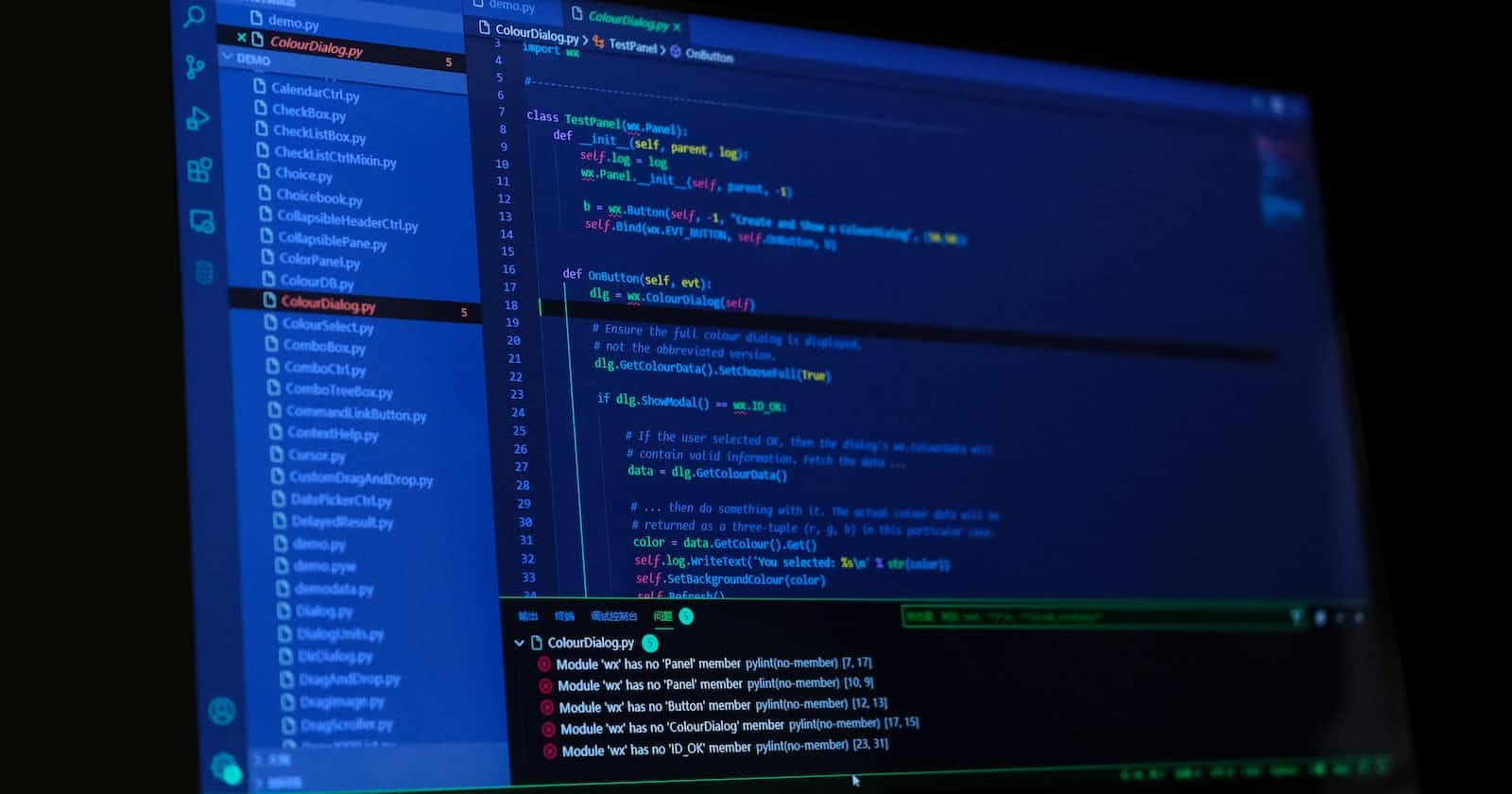In the age of digital transformation, no-code tools have enabled people without specialized skills to create apps and websites. The no-code movement has expanded beyond development into various fields, including AI, DevOps, and security.
No-code is a tremendous boost to test automation, ensuring that a company's entire spectrum of properties - web, mobile, apps, APIs, etc. - work seamlessly and without error. In spite of this, no-code technology isn't a panacea. In order for no-code tools to work correctly, plenty of knowledge and effort are needed. Here are five big misconceptions about no-code platforms.
Myth #1: No-code means no coding
In spite of their name, no-code tools do not completely eliminate the need to code. Nor should they. A pre-packaged solution can't address all project requirements, whether they relate to development, testing, or anything else.
The tools should provide enough flexibility to eliminate a lot of repetitive work involved in creating applications and ensure that the user doesn't get bogged down with syntax complexity. It is recommended to have a 90% out-of-the-box functionality and a 10% customization ratio.
Myth #2: No-code tools will replace developers and testers
As a matter of fact, no-code tools can actually make the lives of developers and tech teams easier. In the same way that technology simplifies the work of your non-technical staff, it can simplify the work of your tech experts as well.
A majority of use cases can be handled by no-code technology, especially the simpler ones, but for more complex processes, technical teams can write custom code that integrates seamlessly with the pre-produced content. By eliminating programming complexity and enhancing test engineers' productivity, a hybrid approach can speed up development and testing.
Myth #3: No-code is better than coded
A clear winner between no-code and full-code can't be determined because everything depends on context. If you're testing simple apps or solutions, or if you're only going down a single path, no-code generally works well. In addition, they're fantastic tools for nontechnical types with deep knowledge in one area who want to automate their processes without knowing any code.
Automation engineers are highly in demand in QA testing because they are capable of not only writing code but also bringing specific skills to the process.
Myth #4: No-code isn’t for everyone It is inevitable that mundane tasks will have to be done behind the scenes, regardless of how complex the business may be. In that sense, no-code automation is beneficial to everyone. There is a definitive return on investment from those tools, as they increase productivity and reduce development and maintenance times.
The best no-code tools are developed with a design-first approach, with modularity and reusability built in as key components. No matter what industry you are in, good design practice is essential for sustaining automation.
Myth #5: No-code will solve everything
As helpful as no-code tools are, they aren’t infallible. In most cases, their shortcomings are a result of what they do not know or have never encountered before. In addition to complex elements, processes that require troubleshooting and regular maintenance will still require personal attention.
Even with all the myths, however, there’s still good reason to be bullish for our no-code technology future. Combined with skillfully automated processes, smart people will be able to achieve greater efficiency, reduced effort, and a better long-term outcome.


